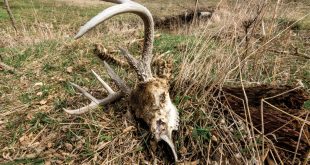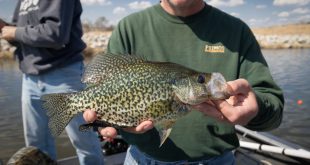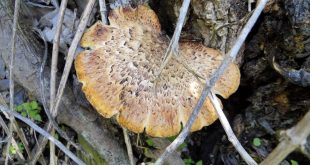Enlarge
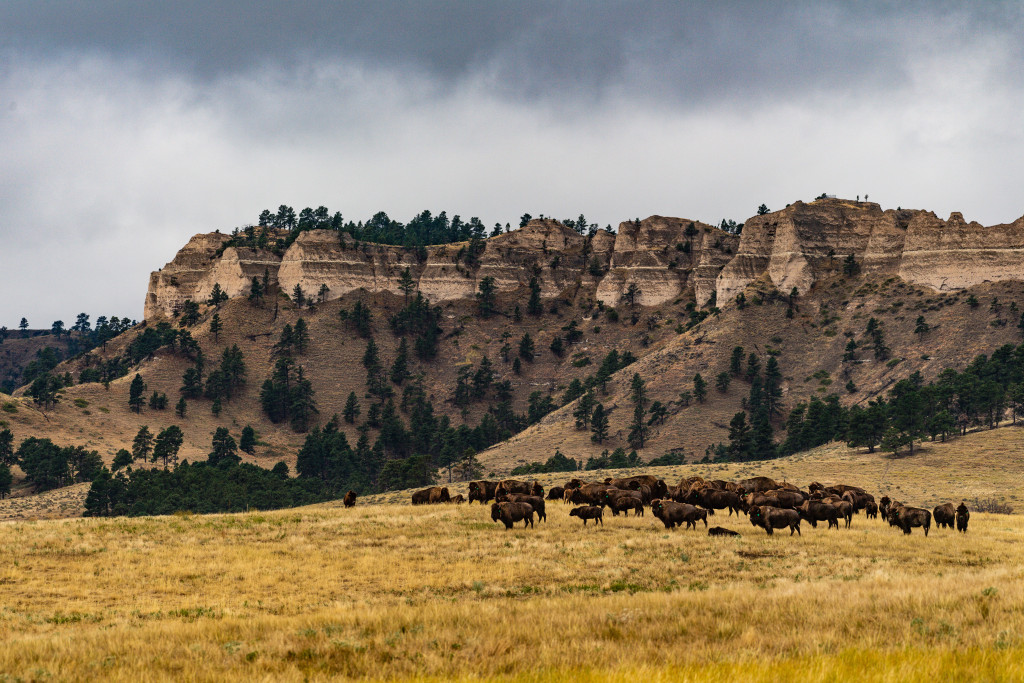
Photo by Justin Haag
By Monica Macoubrie, Wildlife Education Specialist
If you took a road trip from one side of Nebraska to the other, you will marvel at the change in landscape from east to west. In the east — aside from being home to 66 percent of Nebraska’s population – you will see deciduous trees, bluffs and the Missouri River. In the central portion of Nebraska, you have the Rainwater Basin, gentle rolling hills and tributaries of the Platte. And finally, just before you leave Nebraska to cross into Wyoming, you will witness rocky escarpments, sandsage prairies and large Ponderosa pine trees.
Nebraska is diverse, there is no discounting that. Although we are known as a “prairie state,” that doesn’t mean that all prairies are created equal. Let’s take a quick tour of Nebraska’s four different prairies, or ecoregions as they are sometimes called, and be ready to gape in admiration.
Tallgrass Prairie Ecoregion
Early explorers described the tallgrass prairie region as a sea of grass with open horizons and abundant wildflowers rooted in rich soil. This tall-grass area once extended from eastern Nebraska to Indiana and from Texas to southern Canada. In Nebraska, the tallgrass prairie ecoregion covers the eastern fourth of the state. Today, less than one percent of tall-grass prairie remains in the continental United States. Approximately two percent of Nebraska’s tall-grass prairie remains mostly as remnants less than 80 acres in size.
One would expect to find, well, tall grass in a tall-grass prairie. Upland tall-grass prairie is dominated by big bluestem, Indian grass and Canada wild-rye. These grasses can reach six feet or taller, especially when rooted in rich, moist stream valleys.
Wildflowers that are commonly seen in this ecoregion include showy goldenrod, prairie blazing-star, skyblue aster and purple coneflower. Native woodlands also are found in this area and are most extensive around the Missouri River valley. The drier river bluffs support oaks, hickories, basswood and black walnut trees, just to name a few.
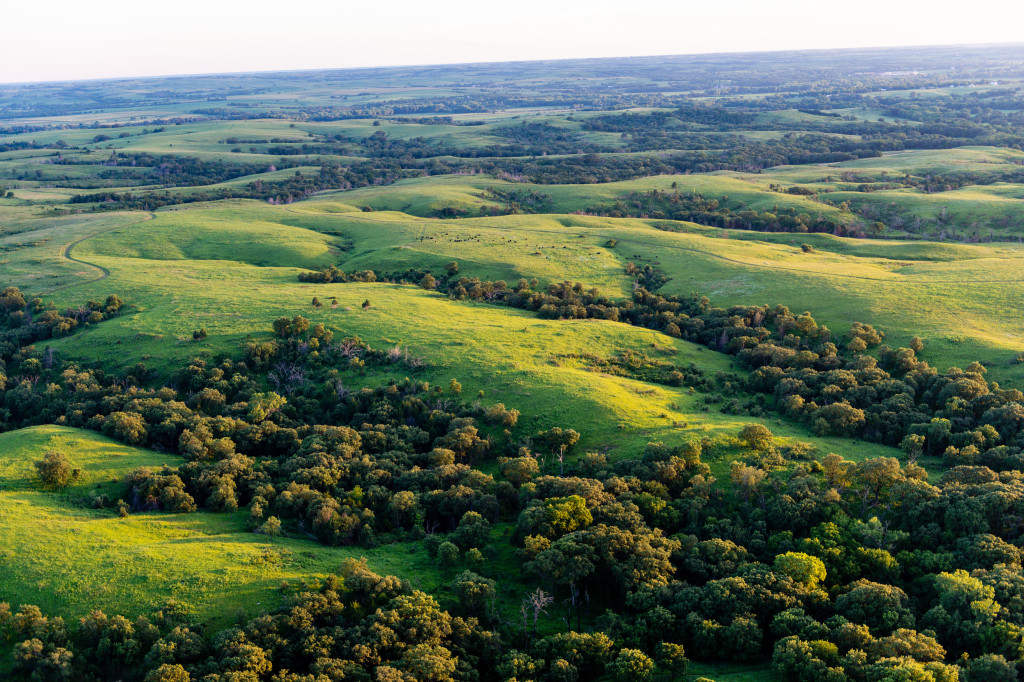
Tallgrass Prairie Wildlife
• More than 300 species of resident and migratory birds
• More than 55 species of mammals
• Streams, rivers and lakes are home to over 75 species of fish
• 13 species of amphibians are found in the wetland areas
• 40 species of reptiles are found here
• Insects are extremely diverse and the least studied group in this region
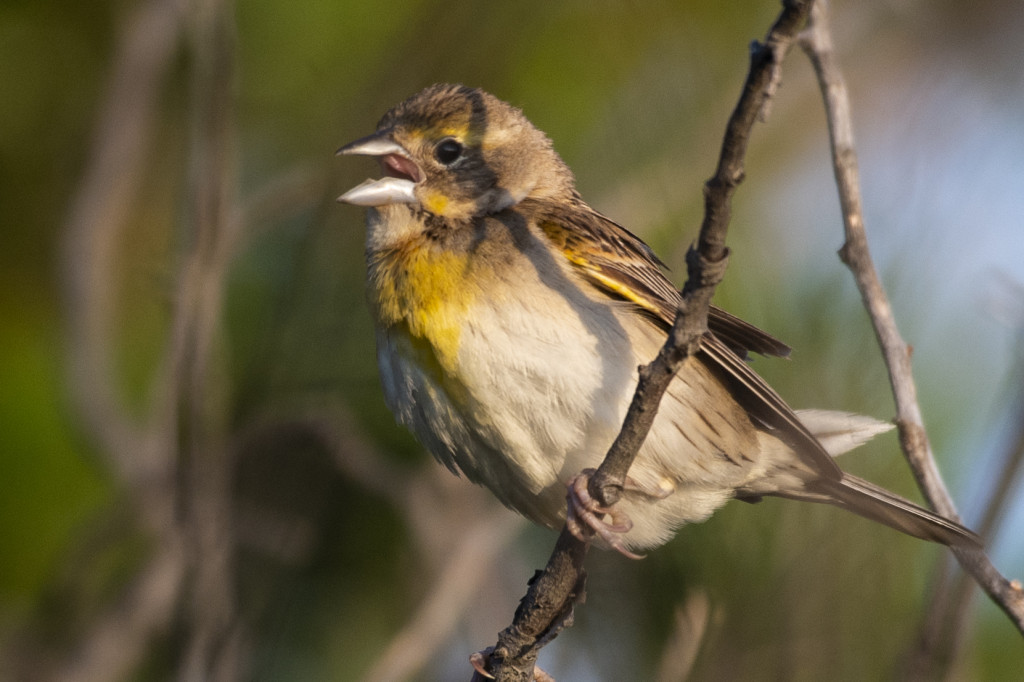
Mixed-grass Prairie Ecoregion
The mixed-grass prairie ecoregion lies between the tallgrass prairie ecoregion to the east and the shortgrass prairie ecoregion to the west. As its name implies, the region is a transition zone where the tall-grass and the short-grass prairie merge, taking on characteristics of both. Historically, the mixed-grass prairie expanded eastward into the tall-grass prairie region during prolonged drought and westward into the shortgrass prairie region during wet periods. It’s highly diverse flora and fauna include a mix of species also found in the tall-grass and the shortgrass prairies.
The mixed-grass prairie ecoregion includes a variety of native plant communities. Tall-grass prairie species tend to dominate in the east and along river floodplains, and shortgrass species dominate in the western part of the region. Historically, less than one percent of the ecoregion was covered with woodlands.
Today, most watercourses are lined with riparian forests. Taller trees include plains cottonwood, green ash, hackberry and eastern red cedar. Wet meadows and wet prairies along river courses include a variety of plants such as wooly sedge, spike rush and prairie cordgrass. Deeper, more permanent wetlands in the Rainwater Basin and in former river channels can also include submersed or floating plant communities consisting of bladderwort, pondweed and duckweed.
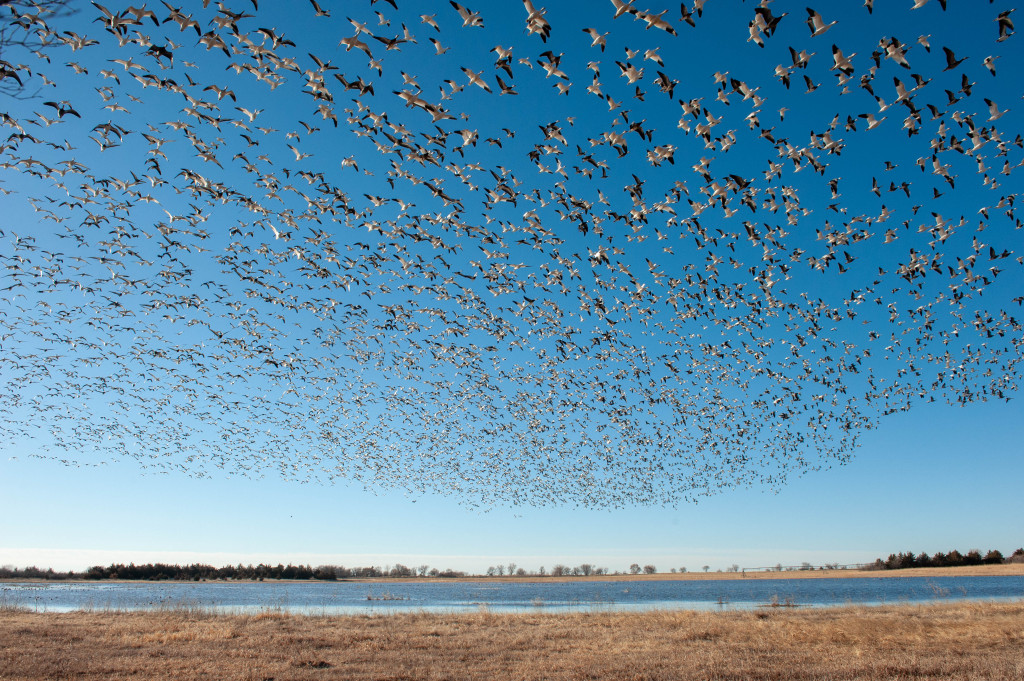
Mixed-grass Prairie Wildlife
• More than 350 species of resident and migratory birds
• Many species of mammals – many are widespread and no distinct affiliation to this ecoregion
• Streams and reservoirs here are home to a diversity of fish
• Several species of reptiles and amphibians are found in the aquatic environments of this ecoregion
• Four lizards are common in this area, including the lesser earless lizard, prairie lizard, many-lined skink and six-lined racerunner
• Little is known about the invertebrates in the area
• Home to one of the largest known populations of the endangered American burying beetle
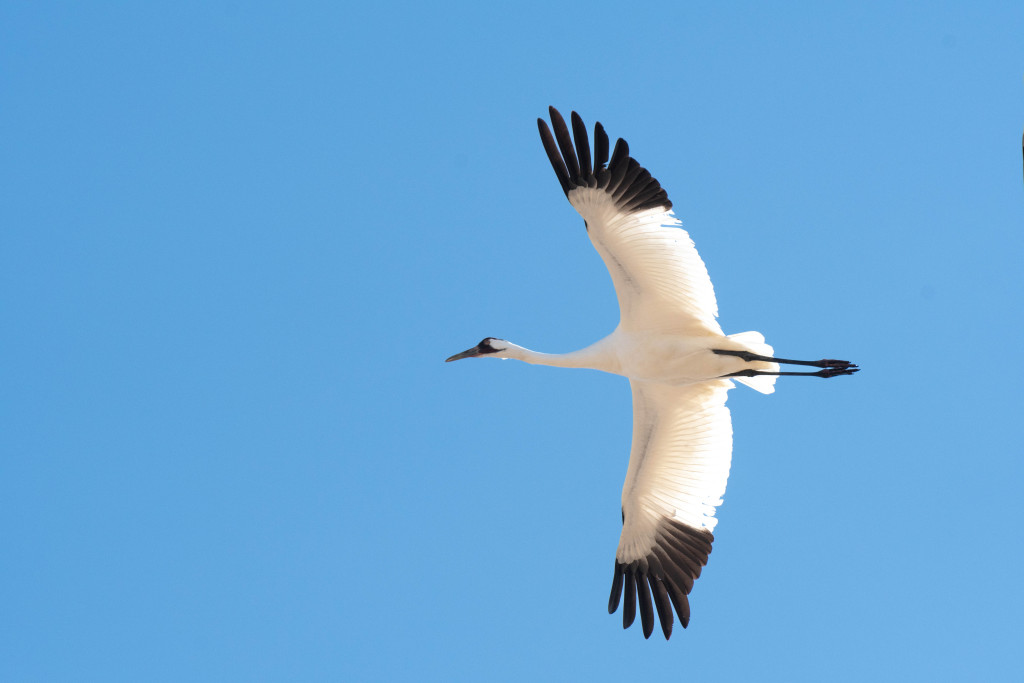
Sandhills Ecoregion
It’s easy to be awestruck by the magnitude of the Nebraska Sandhills and its unspoiled natural condition. Covering 19,300 miles in north-central Nebraska, the Sandhills ecoregion is the largest stabilized dune system in the western hemisphere and one of the largest, intact native grasslands in North America. The Sandhills is one of the last, large vestiges of the Great American Plains. Geologically, the Sandhills is young. Several major episodes of dune formation have occurred over the last 13,000 years, and several periods of drought-induced sand movement have occurred during the last 1,000 years. Scientists speculate that at times in its history, the Sandhills was a sea of blowing sand, similar to today’s Sahara Desert. The Sandhills climate is semiarid with an annual amount of precipitation ranging from 23 inches in the east to less than 17 inches in the west.
Extensive aquifers up to 900 feet thick have formed below the dunes, mainly in sand and gravel deposits. The underground reservoir is part of the Ogallala Aquifer and contains an estimated 700-800 million acre-feet of groundwater. This is nearly double the amount of water found in Lake Erie. Where the region’s high-water table intersects the ground surface in Sandhill valleys, nearly 2,000 shallow lakes and over a million acres of wetlands have formed.
The Sandhills contain a variety of native plant communities ranging from wetlands to dry upland prairie. Nearly 700 native plant species have been documented in the Sandhills, including several at-risk species, including blowout penstemon, small white lady’s-slipper orchid and western prairie fringed orchid.
The Sandhills prairie community consists of a mixture of sand-adapted grasses, including sand bluestem, prairie sandreed, little bluestem and hairy grama. Forbs could include stiff sunflower, bush morning glory, annual buckwheat and Plains gayfeather. Freshwater marshes in the Sandhills have shallow standing water most of the year as well. A few marsh plants that can be found include common reed, hard-stem bulrush, duckweeds and coontail.
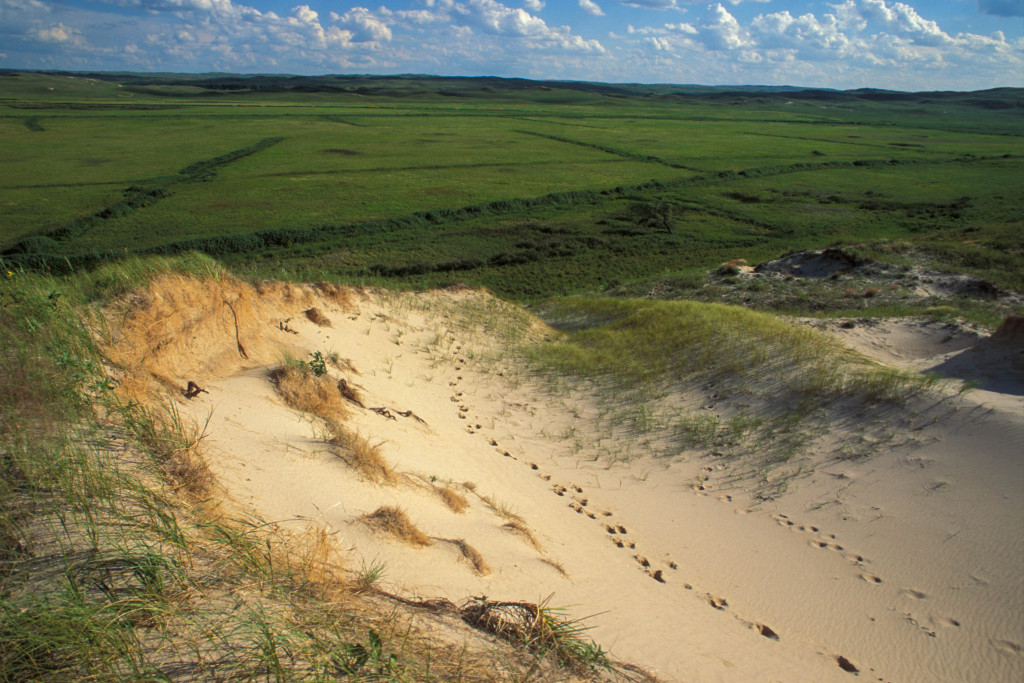
Sandhills Wildlife
• More than 300 species of resident and migratory birds have been documented here
• Home to 55 species of mammals
• Streams and lakes house around 75 species of fish
• There are 8 amphibian species in this area
• Nearly 13 species of reptiles are found in the Sandhills
• Insects are the most diverse and least studied animal groups in the Sandhills
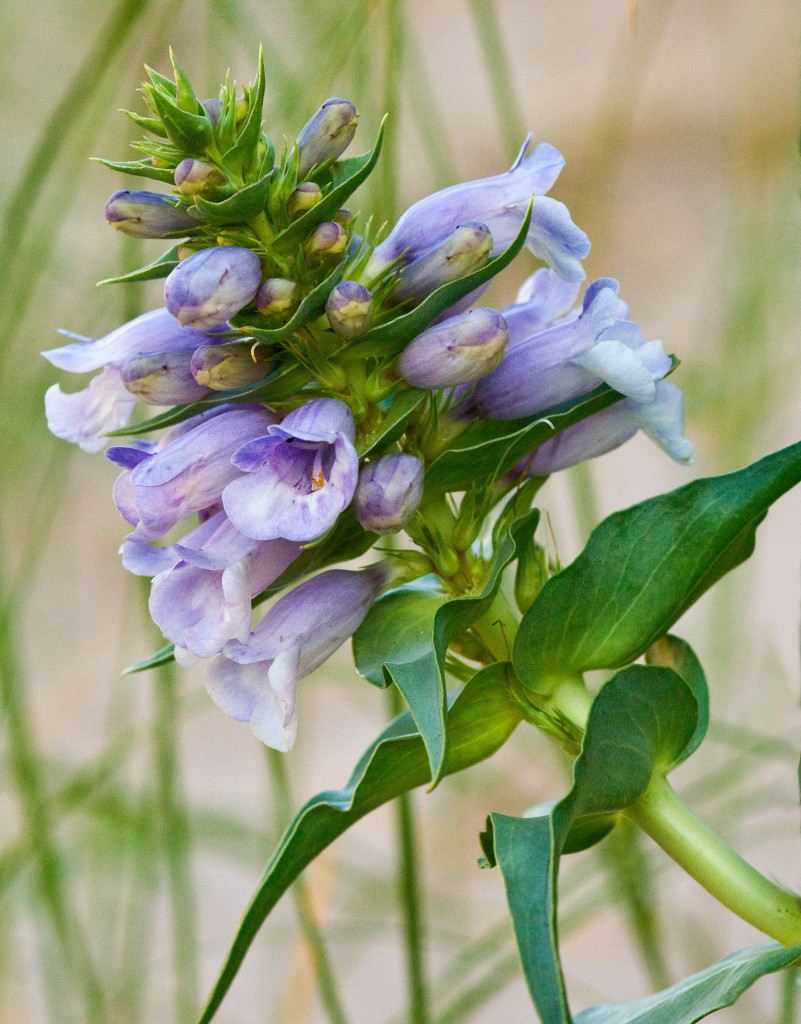
Shortgrass Prairie Ecoregion
Though referred to as the shortgrass prairie ecoregion, most of western Nebraska supports dry mixed-grass prairie in addition to areas of shortgrass prairies, sandsage prairie, sand prairie pine woodlands and badlands, among other vegetation types.
Shortgrass prairies are dominated by grasses, such as buffalo grass and blue grama. Common forbs in this prairie type include milk-vetches, scarlet gaura, cutleaf ironplant, prickly pear and prairie-coneflower. The low precipitation in the shortgrass prairie ecoregion, in conjunction with grazing, causes most shortgrass vegetation to rarely exceed 10 inches in height.
The unique sandsage prairies is distinguished from other sand prairie types by its high cover of sand sagebrush. Additional sand prairie types in the ecoregion include Sandhills dune prairie and western sand prairie. Freshwater meadows and marshes are also relatively common in stream valleys of the ecoregion.
Open canopies of tall cottonwoods and shorter peachleaf willows dominate riparian woodlands in many stream valleys of this ecoregion. Pine woodlands are dominated almost solely by ponderosa pines, and the badlands are largely unvegetated but often have a sparse cover of low shrubs.
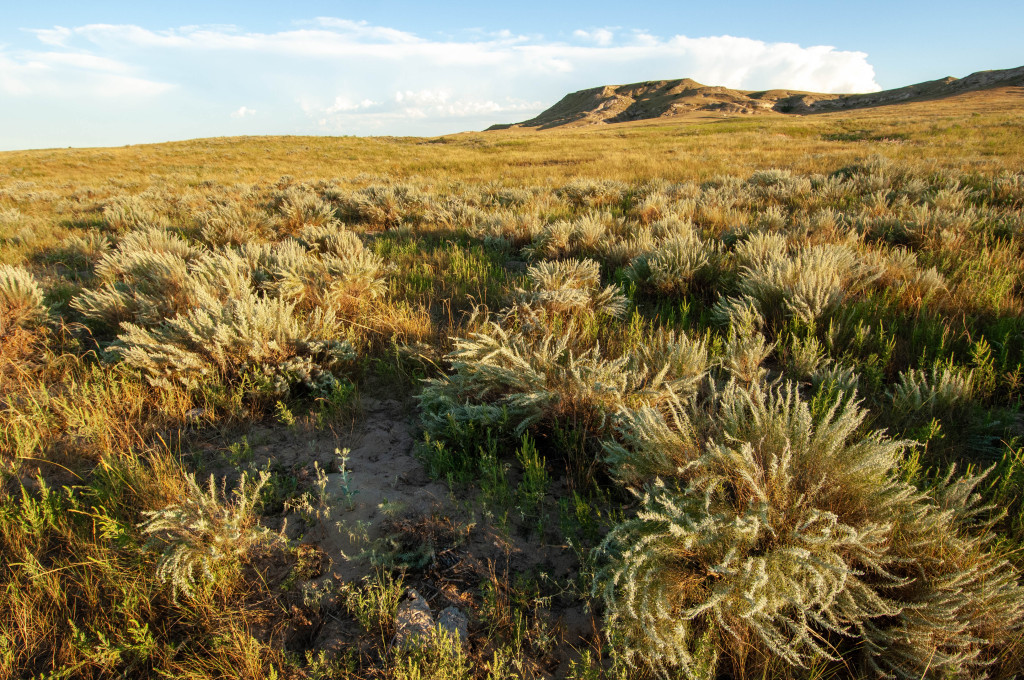
Shortgrass Prairie Wildlife
• More than 300 species of resident and migratory birds have been documented here.
• A variety of mammals are known to occur in this region, such as mountain lions, pronghorns, mule deer and elk.
• The aquatic habitats of the region support numerous fish species.
• Many species of reptiles and amphibians are found in this ecoregion.

 Nebraskaland Magazine
Nebraskaland Magazine
